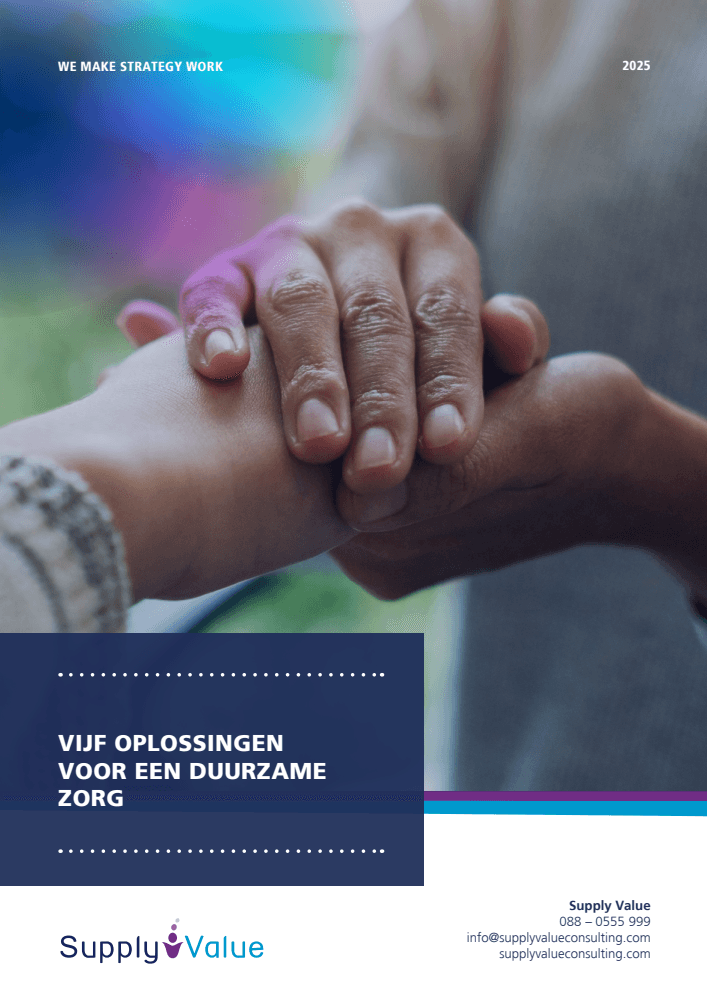On 1 January 2025, a change took place in the Netherlands: the implementation of the first zero-emission zones. This zone contributes to the objectives of the climate agreement to reduce CO2 emissions by 7.3 megatons within the mobility sector. By 2027, it is expected that 31 municipalities will have a zero-emission zone (ZE-zone), and this number will only continue to grow. With an approximately four-year lead time, these municipalities have gained a wealth of experience in implementing a ZE-zone. This knowledge is invaluable for municipalities considering the introduction of a ZE-zone.
We have researched the challenges municipalities face and the opportunities they have seized to implement the ZE-zone. These valuable insights were obtained from interviews with the municipalities of Leiden, Alphen aan den Rijn, Hoorn, Eindhoven, and The Hague, and have been translated into 8 concrete recommendations that are valuable for municipalities considering implementing a ZE-zone.
What makes these recommendations interesting is that they stem from the practical experience of municipalities that will already be implementing the zone in 2025 and 2026. The recommendations discuss how backcasting can be used to develop a project plan, the essential role of communication in creating support, and the benefits of collaborating with local businesses.
Is your municipality at the beginning stages of implementing the ZE-zone and would you like to learn from the experiences of other municipalities that have already done so? Then download our whitepaper below.



